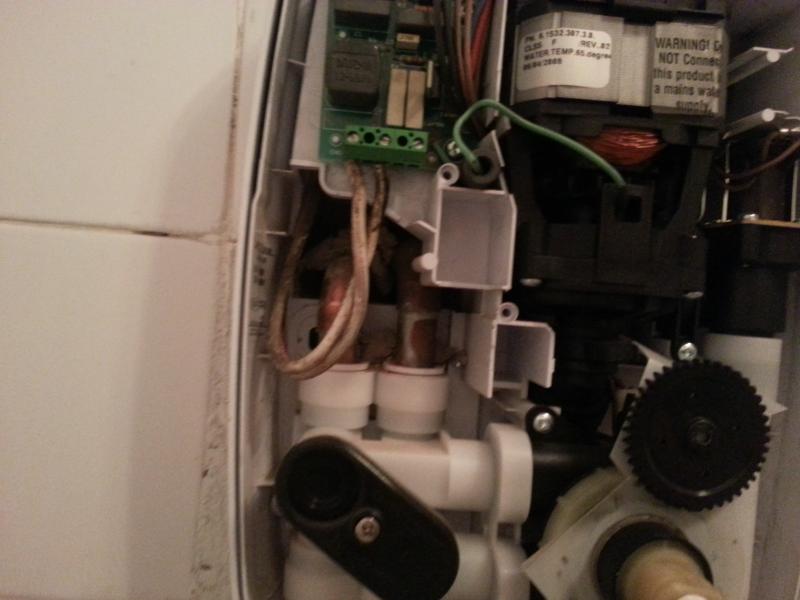I'll start by apologising in advance if this is a ridiculous question, but I'd prefer to ask a daft question than be dead.
I have moved into a house, which has a Mira Go Power Manual shower, this unit doesn't heat the water, but merely pumps it fiercely at you.
After dismantling the shower today and testing the electrical feed, inside the shower casing, to my horror I find its 240v!
I struggling to find any install instructions on the shower, and I just can't see how the unit can't get damp / wet during use. So this must be a risk, or is this sort of thing common practice now ?
Thank you in advance.
I have moved into a house, which has a Mira Go Power Manual shower, this unit doesn't heat the water, but merely pumps it fiercely at you.
After dismantling the shower today and testing the electrical feed, inside the shower casing, to my horror I find its 240v!
I struggling to find any install instructions on the shower, and I just can't see how the unit can't get damp / wet during use. So this must be a risk, or is this sort of thing common practice now ?
Thank you in advance.


